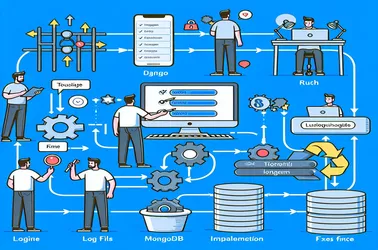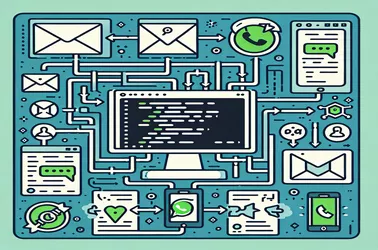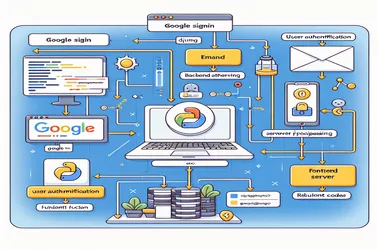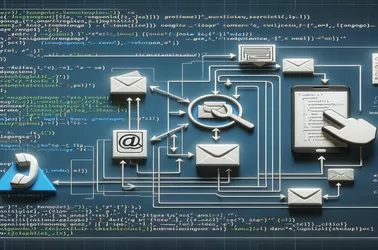There are particular difficulties in implementing user authentication in a Django project, particularly when integrating MongoDB as the database. A frequent problem is successful user registration followed by unsuccessful login attempts. This is frequently caused by improper handling of authentication techniques or by wrong configurations in the user model and serialization procedures.
Efficient handling of extensive message dispatching and safe, scalable integrations are necessary for the implementation of Django-based email confirmation and reminder systems, in addition to WhatsApp messaging integration. This review covers using third-party libraries, streamlining backend procedures, and making sure user permission and data security are respected in communication methods.
There are frequently difficulties when integrating SMTP functionality for password reset features in a Django online application, particularly when utilizing third-party services like Gmail. This investigation addresses the setups that must be made inside settings.py, the significance of connection security, and how to handle any mistakes that may occur.
A more user-friendly method of authenticating is to utilize a email in place of a username when implementing Google login with Django. For a personalized user experience, this approach makes use of the AbstractBaseUser model and integrates easily with social account providers such as Google.
It can be difficult to integrate different authentication techniques into a single Django model, particularly when integrating traditional login systems with social platforms like Telegram.
Understanding certain properties like 'null=True' and 'blank=True' is necessary for managing Django models, particularly when it comes to fields like the EmailField that shouldn't require data to be held.
For developers looking to improve accessibility and user experience, knowing the nuances of rendering Django email templates into text is essential.
It is imperative for developers working on Django projects to handle SMTP authentication errors if they want to incorporate dependable email features.
In order to secure online applications and guarantee a reliable user base, email verification in Django must be implemented.
Enhancing security and user accessibility in Django apps is possible with the integration of both phone and email authentication.
In order to maintain data integrity and improve user experience, handling the UniqueConstraint error in Django applications—particularly when utilizing SendGrid for email verification—requires a sophisticated strategy.
Enhancing user engagement and application efficiency through the integration of Django with email functionality allows for the transmission of notifications, password resets, and marketing communications.











